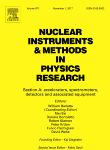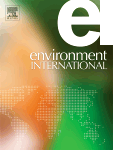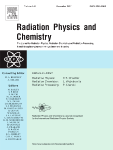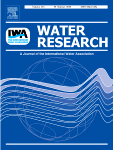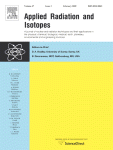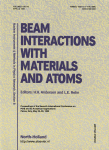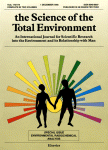A comprehensive calibration method of Ge detectors for low-level gamma-spectrometry measurements
Abstract This paper aims to show a general and simple method for gamma-ray efficiency calibration in the 186–1500 keV energy range with special attention to applications on environmental studies. This method accounts for differences in densities, composition and counting geometries between real and calibration samples. Self-absorption corrections can be easily determined from a single spectral measurement Read more about A comprehensive calibration method of Ge detectors for low-level gamma-spectrometry measurements[…]

